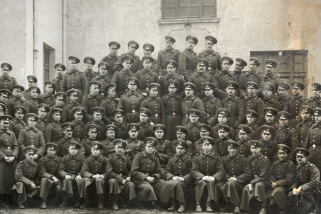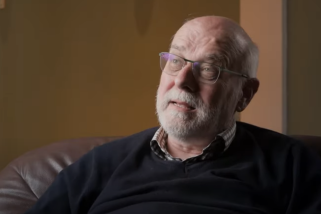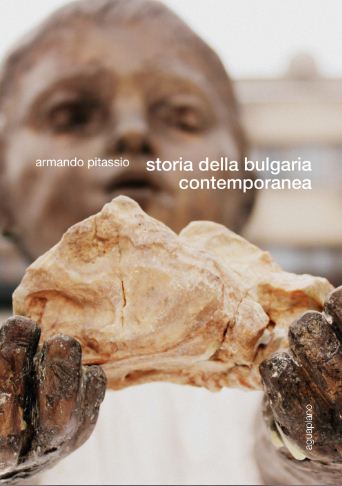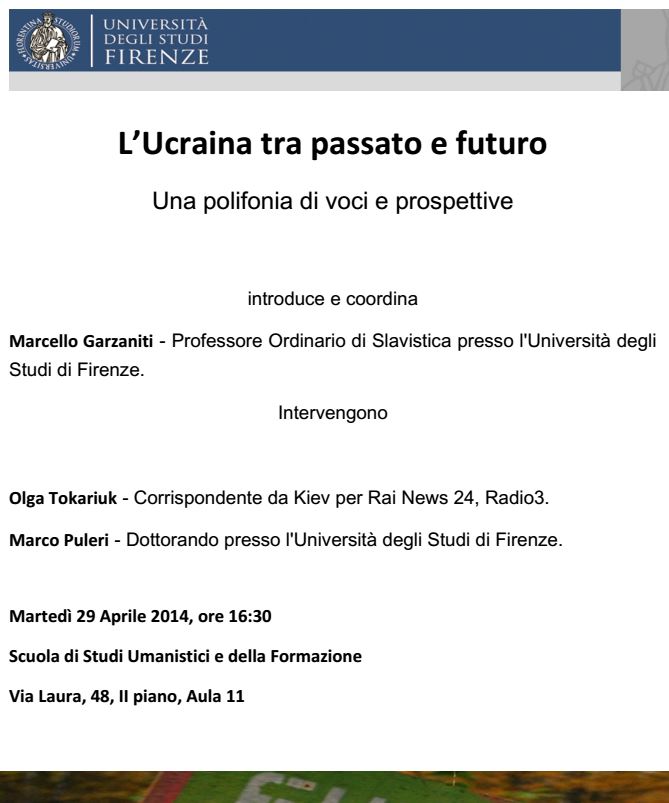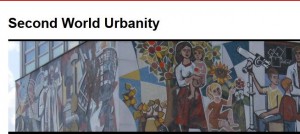 Second World Urbanity: Between Capitalist and Communist Utopias
Second World Urbanity: Between Capitalist and Communist Utopias
Please send paper proposals (a 300-500 words abstract and a 1-page cv) to swurbanity@gmail.com
by February 1, 2013.
Second World Urbanity: Between Capitalist and Communist Utopias seeks to investigate the history of the radical reshaping of the Soviet World (in our words – the Second World), that Ada Louise Huxtable reported on in the late 1960s. This project aims to bring together scholarly contributions on the various endeavors in the Second World to conceive, build, and inhabit a socialist cityscape that was an alternative to the segregated spaces of capitalist cities and the atomized world of suburbia. Imagining and designing urban space were undeniably powerful instruments of forging socialist modernity. Second World Urbanity pays close attention to the tensions between global challenges and locally driven agendas that made architects, planners, and ordinary dwellers alter socialist modernity according to more particular interests.
Argument
In 1967 the architecture critic Ada Louise Huxtable published a long piece in the New York Times on Soviet advances in urban planning and construction. Surprisingly for the Cold War era, the author openly praised the Soviets for creating a country-wide system of mass production of standardised prefabricated cheap housing, ‘an architectural sputnik’ in her own words. She claimed with great enthusiasm, ‘In size, scope and boldness, in spite of crudities, failure and sometimes ludicrous imperfections it is a singularly important undertaking of the 20th century.’ Moreover, she noted, ‘the latest product is acceptable as architecture.’ Describing new residential neighborhoods mushrooming all across the Soviet Union, she wrote: ‘There is no scale, no variety, no surprise. It is monotony with light, air, sun, and greenery in season, and on sum, that effect is no worse and sometimes a good deal better than a lot of construction on the outskirts of large American cities.’ Admitting all the flaws of current Soviet construction she urged her readers to pay closer attention to this ‘special brand of modern architecture [that] is reshaping the Soviet World.’
Second World Urbanity: Between Capitalist and Communist Utopias seeks to investigate the history of the radical reshaping of the Soviet World (in our words – the Second World), that Ada Louise Huxtable reported on in the late 1960s. This project aims to bring together scholarly contributions on the various endeavors in the Second World to conceive, build, and inhabit a socialist cityscape that was an alternative to the segregated spaces of capitalist cities and the atomized world of suburbia. Imagining and designing urban space were undeniably powerful instruments of forging socialist modernity. Second World Urbanity pays close attention to the tensions between global challenges and locally driven agendas that made architects, planners, and ordinary dwellers alter socialist modernity according to more particular interests. What were the visions and meanings that architects and urban planners sought to communicate through their work? What pre-existing styles did they draw on, reject, and appropriate, and was there a Second World postmodernism? To what degree was the socialist cityscape a product of negotiation between its dwellers and its designers? Where did other local players–such as major industries and local party bosses–fit in such negotiations over the design and construction of the socialist city?
As a venue for opening a conversation about the new approaches to urbanity and planning, this project goes beyond the geographic boundaries of the Eastern Bloc and seeks transnational, comparative, and global approaches to the study of the socialist city. We propose to think of socialist urban planning from Yugoslavia and the Soviet Union to China and Cuba as a distinct and multifaceted division of global urban planning trends. Just as the geographic scope is broad so, too, is our chronological reach, which will span the early post-World War II period through the collapse of state socialism and beyond to the present day. Was there a common denominator to the variety of projects and planning efforts implemented from Cuba to China, from the Urals to Belgrade? Was it socialist in form and national in content as the common formula of Socialist Realism suggested? Or was it modern in form and undefined in content, to paraphrase the formula Kevin Plath and Benjamin Nathans recently coined for describing the nature of late-Soviet culture? In exploring such questions, what do we – urban historians and historians of architecture – have new to say on the history of the Second World? What are the new research questions that our subfield has generated in recent years?
The present stage in our project is a conference that will be hosted at The Center for the History and Culture of East Central Europe, in Leipzig, Germany, June 21-23, 2013. Paper proposals are solicited for this conference and an edited volume of selected papers on a wide range of topics from (but not limited to) the history of professional networks and institutional organization, monumental projects, mass housing schemes, transfers of technologies and styles, the organization of public and private spaces, the political engagement of urban planning professionals, the treatment of gender, ethnic, and class differences in the socialist cityscape, the role of the state, the ideological premises of urban schemes and visionary projects, everyday life, urban residents’ (mis)uses of planned urban spaces. Papers from all disciplines in the social sciences and humanities will be considered.
On the Project: Three Main Goals
Second World Urbanity is a scholarly project that seeks to redefine scholarly examinations of the global socialist cityscape. In preparation for the conference in Leipzig in June 2013, we held a “virtual conference”in July 2012 to map out the major themes and questions of this project, including our adoption of the terms “second world” and “urbanity”. For more on this preliminary discussion, see our project statement at http://secondworldurbanity.umwblogs.org/virtual-conference/.
As the main three goals of the project we see the following:
1 New map: The primary goal of the project is to write an entangled history of Second World Urbanity that maps a variety of interactions and exchanges, and privileges a vision of a decentered political community that developed a number of meaningful connections beyond state socialist regimes’ relationship with Moscow.
2 New language: We seek to weave together such different narratives as the history of architectural movements and grand urban planning theories, changes in state policy and ideology, and the lived experience of diverse social actors in the Second World and across its borders. The major methodological challenge of the project is thus to work out the language that is capable of bridging conceptual divergences among the various disciplines that participants on this project employ in their own work.
3 New identity: This project aims to call into question the place of the subfield that could be vaguely defined as urban studies vis-à-vis other related fields such as global history, state socialism studies, the history of architecture and material culture, and seeks to redefine this relation.
Submission guidelines
Please send paper proposals (a 300-500 words abstract and a 1-page cv) to swurbanity@gmail.com
by February 1, 2013.
Paper proposals will be reviewed by the project’s organizers and program committee. We will announce the papers that have been accepted on March 1, 2013.
If your paper is accepted for the conference, the deadline for submitting your paper will be May 20, 2013. Papers should be no longer than 5,000 words including footnotes. Papers will be distributed to conference participants ahead of the conference via our project’s blog.
The project is presently soliciting funds to cover some of the transportation and/or housing costs of participants. We will know whether such funds are available only in Spring 2013. Therefore, interested participants should plan for covering costs through their home institutions. The conference will not have a conference fee.
The conference will be hold on June 21-23, 2013, at The Centre for the History and Culture of East Central Europe, Leipzig, Germany
The conference language will be English.
Program committee
Andres Kurg,
Brigitte Le Normand,
Daria Bocharnikova,
Kimberly Elman Zarecor,
Marie Alice L’Heureux,
Steven Harris,
and Vladimir Kulic.



